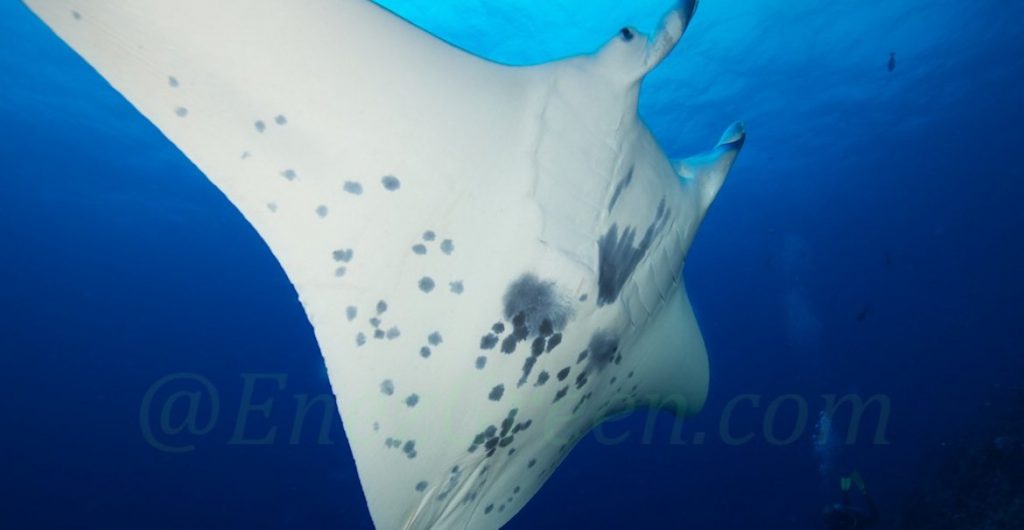Demand has soared in recent years, in part as an alternative to shark fin
Giant manta rays captured the world’s attention last April when a fisherman in northern Peru unintentionally caught a behemoth weighing 2,000 pounds (900 kilograms).
The accidental snagging of this large ray (giant oceanic manta rays can weigh up to two tons) served to highlight global threats the rays face, and it spotlighted Peru, in whose waters many of the giants are found.
On December 31, 2015, Peru took a major step toward helping giant manta rays when it passed a resolution that not only bans manta fishing but also requires that fishermen immediately release any mantas caught accidentally as “bycatch” back into the ocean.
It’s not unusual for manta rays to get tangled in nets or fishing lines. But rays are also deliberately targeted for their meat and gills plates, which filter out plankton as they swim. The gill plates are considered a culinary delicacy in China, where they’re also used in traditional medicine to reduce toxins, enhance blood circulation, cure cancer, increase breast milk supply, and treat chickenpox and other ailments. There’s no scientific evidence that manta potions are effective in any of these instances.
With Indonesia, and now Peru, committing to protecting this species, two of the largest manta fisheries in the world are closed
According to WildAid, an NGO that aims to stop illegal trade in wildlife, the manta gill plate trade amounts to $30 million a year, 99 percent of it accounted for by one Chinese province: Guangzhou. Demand has soared in recent years, in part as an alternative to shark fin. With its new regulations, Peru joins 12 other countries with varying degrees of manta ray protections. “It’s a huge deal. With Indonesia, and now Peru, committing to protecting this species, two of the largest manta fisheries in the world are closed. We hope that other nations where mantas are threatened by local fisheries, particularly India and Sri Lanka, will follow suit.”




